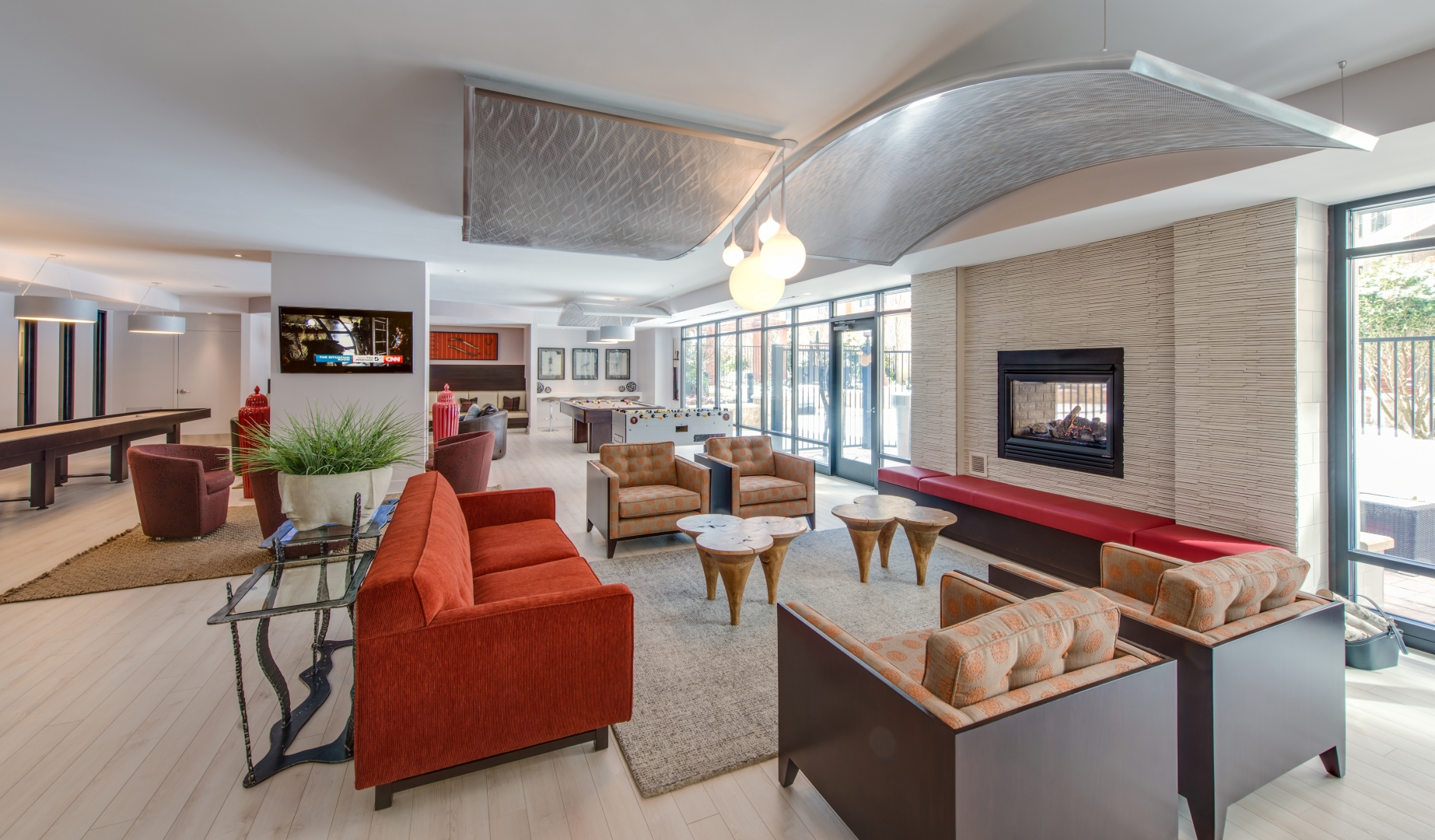
By Jennie Crouch
In any project, the programming phase is a critical first step that significantly impacts the success of the project. However, too often, we see clients accepting the status quo programming for the industry and charging full speed ahead. For our projects, we also encourage an in-depth and thorough programming phase to ensure the end result is a harmonious combination of spaces that are functional, inviting, and appropriate for that particular property and end user. How do we do it? Let’s go through the major points of the programming phase from the point of view of a senior living property:
Understanding Resident Needs
The programming phase involves gathering detailed insights about the needs and preferences of future residents. This could include conducting surveys and focus groups to understand their desires for communal spaces, privacy, and accessibility. It could also mean taking data from existing properties and reviewing what works, what doesn’t, and what they wish they had in their buildings. By comprehending these needs, designers can ensure that the spaces they create not only meet practical requirements but also enhance the overall quality of life for residents.
Defining Functional and Aesthetic Goals
During this phase, interior designers define the functional aspects of the space—such as the number of rooms, layout, and accessibility features—while also establishing the aesthetic direction. This dual focus ensures that the design will be both practical and visually appealing. For instance, planning multifunctional areas that adapt to various activities requires a thoughtful approach to layout and design elements from the get-go.
Aligning with Project Vision
The programming phase helps align the design with the community’s goals, whether it’s fostering social interaction, promoting wellness, or providing a peaceful retreat. By having the entire project team (client and consultants included) set clear objectives, designers can ensure that every decision, from furniture selection to spatial arrangement, supports the overall vision.
Budget and Resource Management
Effective programming also involves setting a realistic budget and resource plan. Understanding the scope and specific needs of the project allows designers to make informed choices, balancing quality with cost. This ensures we can deliver the best possible design within the available budget.
Future Flexibility
Finally, this phase considers future adaptability. Designing with flexibility in mind allows spaces to evolve as residents’ needs change over time, ensuring long-term functionality, lifecycle cost-savings, and design relevance.
As designers, we want each and every project to reflect the specific needs and goals of the people who utilize the spaces day in and out while also adhering to any and all project constraints. To do that, programming is a vital step in the process and one that should never be skipped or rushed.
Jennie Crouch is the Vice President of SR/A